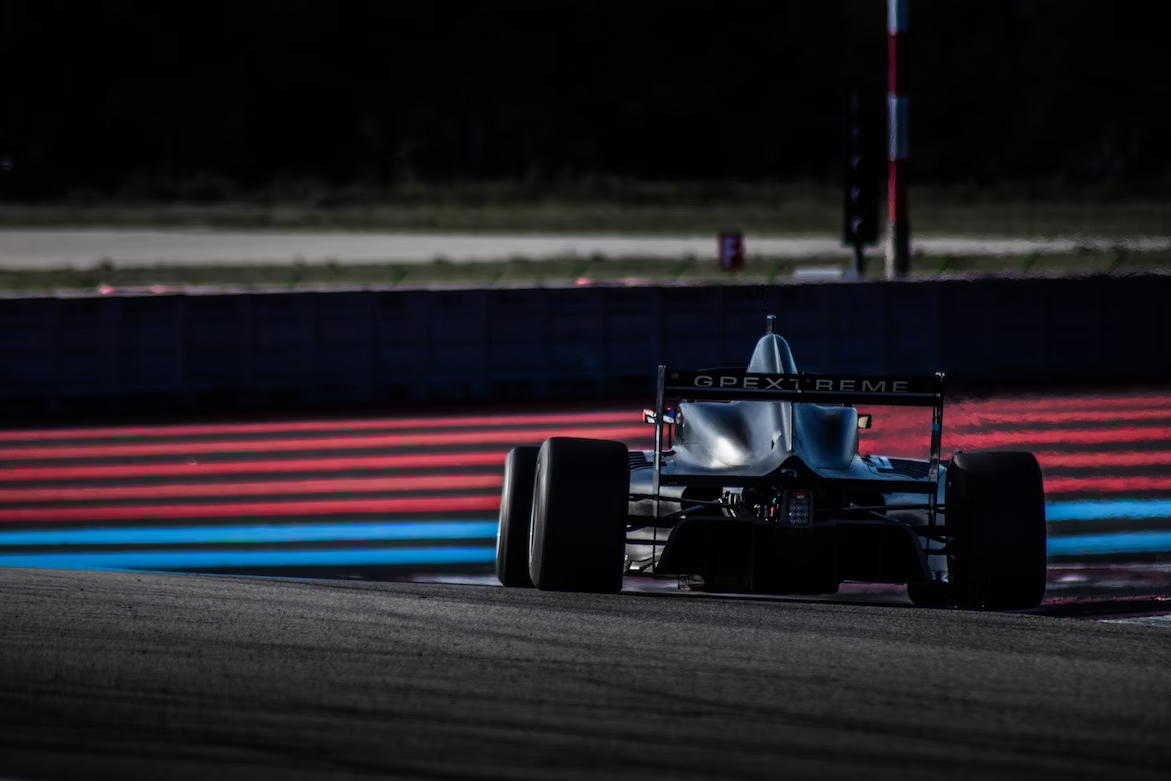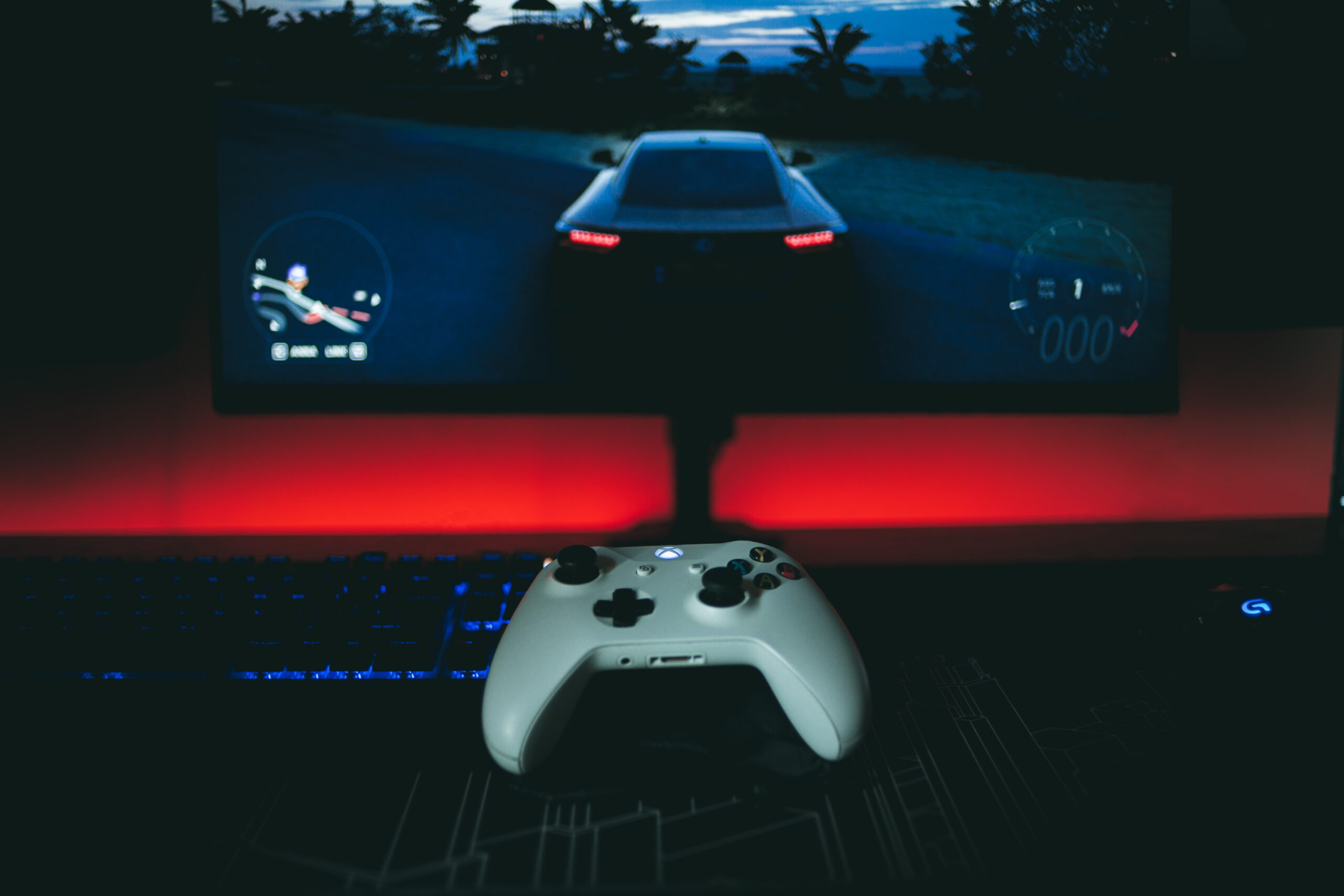How Realistic Are Today’s Car Racing Video Games? A Deep Dive into Physics and Graphics
Video games have evolved from their humble, pixelated beginnings into a prodigious industry, offering a wide array of genres that cover everything from first-person shooters to expansive role-playing narratives. Among these diverse gaming ecosystems, car racing games have held a distinctive and enduring place. This article explores the startling realism of contemporary car racing video games, laying particular emphasis on two pivotal aspects: physics and graphics.

ad
Realism in Different Gaming Genres: Online Poker vs. Car Racing
Online poker and car racing games are two distinct yet popular gaming genres, both aiming to create immersive, lifelike experiences. If one happens to mobile poker or on any other platform, they will find that many of these websites use random number generators to ensure fair play and enhanced graphics which create a realistic casino ambiance, sometimes even offering live poker options, too.
On the other hand, car racing games focus on emulating real-world driving physics and visual accuracy. Advanced physics engines simulate car movements, reacting to factors like speed and road texture. High-definition graphics meticulously detail car models and environments, enhancing the realism.
While their methods may differ, both genres share a singular objective: to amplify the player’s engagement and pleasure. The realism in these games, whether on an online poker platform or in elite racing games, extends beyond mere replication of the real world. It’s about weaving enthralling experiences that transport players right into the heart of the action, making them feel like they’re an integral part of the game.
ad
The Driving Force Behind Car Racing Games
Physics engines operate as the invisible puppeteers of car racing games, mimicking the dynamism and unpredictability of real-world driving. These intricate software mechanisms govern numerous elements like traction, weight distribution, aerodynamics, and more, simulating an authentic driving experience.
Noteworthy exemplars such as “Gran Turismo 7” and “Forza Motorsport 8” stretch the capabilities of these simulations to the extreme, with their virtual vehicles reacting to user commands and environmental changes in a manner strikingly akin to reality, capturing the exhilaration and intricacies of high-octane racing.

Graphics: Painting the Virtual World
Graphics shoulder the responsibility for the sensorial facet of realism in car racing games. Progressive leaps in technology and game design principles have dramatically amplified graphic accuracy. Contemporary games utilize complex texture mapping, dynamic illumination, and high-resolution models to create immersive virtual realities. Games like “Project CARS 3” and “F1 2023” showcase landscapes and vehicular designs so convincingly real that they become almost indistinguishable from actual photographs, providing players with a visually engaging escapade like no other.
The Inflection Point: Realism and Player Experience
The harmonious fusion of physics and graphics significantly escalates player immersion, resulting in an experience that breaches traditional gaming paradigms. However, developers are tasked with a delicate balancing act, juggling this enhanced realism with gameplay fluidity.
Hyper-realistic elements can be a double-edged sword, increasing immersion but also potentially rendering the game intimidatingly complex or excessively challenging. Striking the sweet spot that marries the exhilaration of reality with the user-friendly ethos of gaming is a coveted objective in car racing game development.
As technology progresses, the line separating virtual racing from the authentic driving experience is becoming increasingly blurred. The car racing games of today are not merely digital diversions; they are intricately engineered simulations that offer a portal into the electrifying world of professional Motorsports.
ad


Comments are closed.